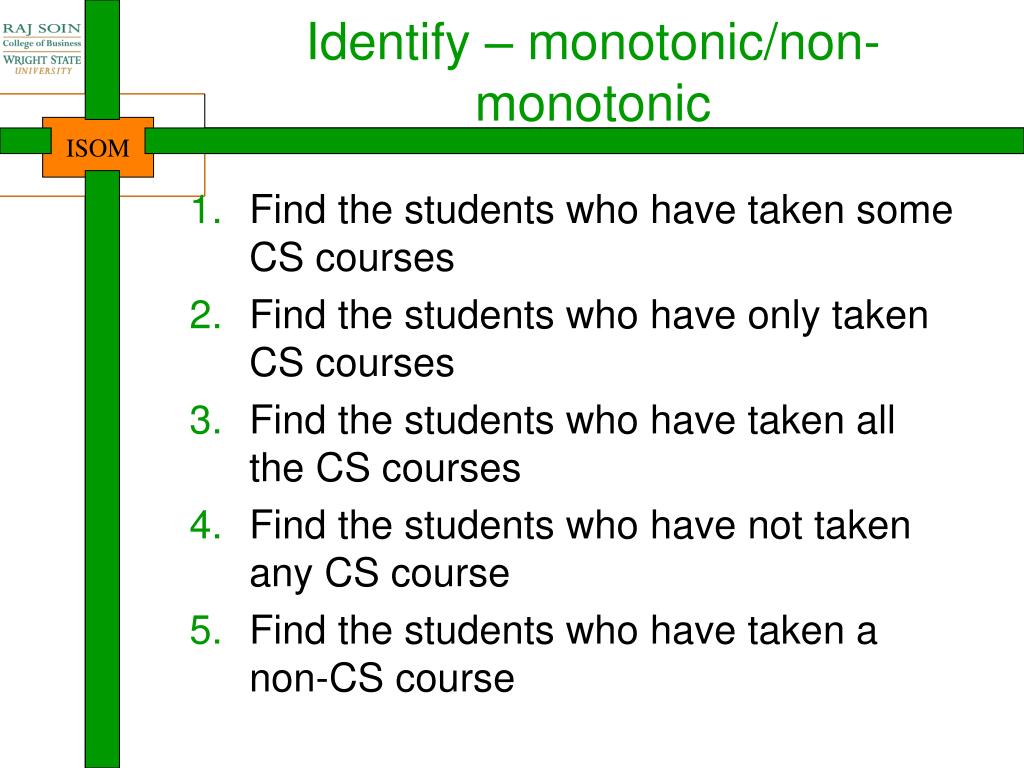

In Watson’s case, someone who doesn’t know the answer to the question would “logically” try to at least guess a major US city. Most concerning to us humans is not that the AI will make a mistake, but how “illogical” the mistake will be. So even though AI has the capacity for fairy-tale-like performance for large periods of time-months, years, decades even-there is always this nagging possibility that all of a sudden, it will mysteriously blunder. The classical example is the Jeopardy! IBM Challenge, during which Watson, the IBM AI, cleaned the board with ease, only to miss the “Final Jeopardy!” question, which was under the category of US Cities: “Its largest airport is named for a World War II hero its second largest for a World War II battle.” Watson answered, “What is Toronto?”-the extra question marks (and low wager) indicating its doubt. At the same time, there is a general sense that AI does suffer from one pesky flaw: AI in its current state can be unpredictably unreliable.

Many are excited about the future of AI and humanity. , b n).AI is fast becoming an amazing asset, having achieved superhuman levels of performance in domains such as image recognition, Go, and even poker. If the order ≤ \leq in the definition of monotonicity is replaced by the strict order y x>y and so, by monotonicity, either f ( x ) f ( y ) f\!\left(x\right)>f\!\left(y\right), thus f ( x ) ≠ f ( y ) n is ordered coordinatewise), then f( a 1. Likewise, a function is called monotonically decreasing (also decreasing or non-increasing) if, whenever x ≤ y x\leq y, then f ( x ) ≥ f ( y ) f\!\left(x\right)\geq f\!\left(y\right), so it reverses the order (see Figure 2).

1, a function that increases monotonically does not exclusively have to increase, it simply must not decrease.Ī function is called monotonically increasing (also increasing or non-decreasing) if for all x x and y y such that x ≤ y x\leq y one has f ( x ) ≤ f ( y ) f\!\left(x\right)\leq f\!\left(y\right), so f f preserves the order (see Figure 1). In calculus, a function f f defined on a subset of the real numbers with real values is called monotonic if and only if it is either entirely non-increasing, or entirely non-decreasing. This concept first arose in calculus, and was later generalized to the more abstract setting of order theory. In mathematics, a monotonic function (or monotone function) is a function between ordered sets that preserves or reverses the given order.

A monotonically non-increasing function Figure 3. For other uses, see Monotone (disambiguation).


 0 kommentar(er)
0 kommentar(er)
